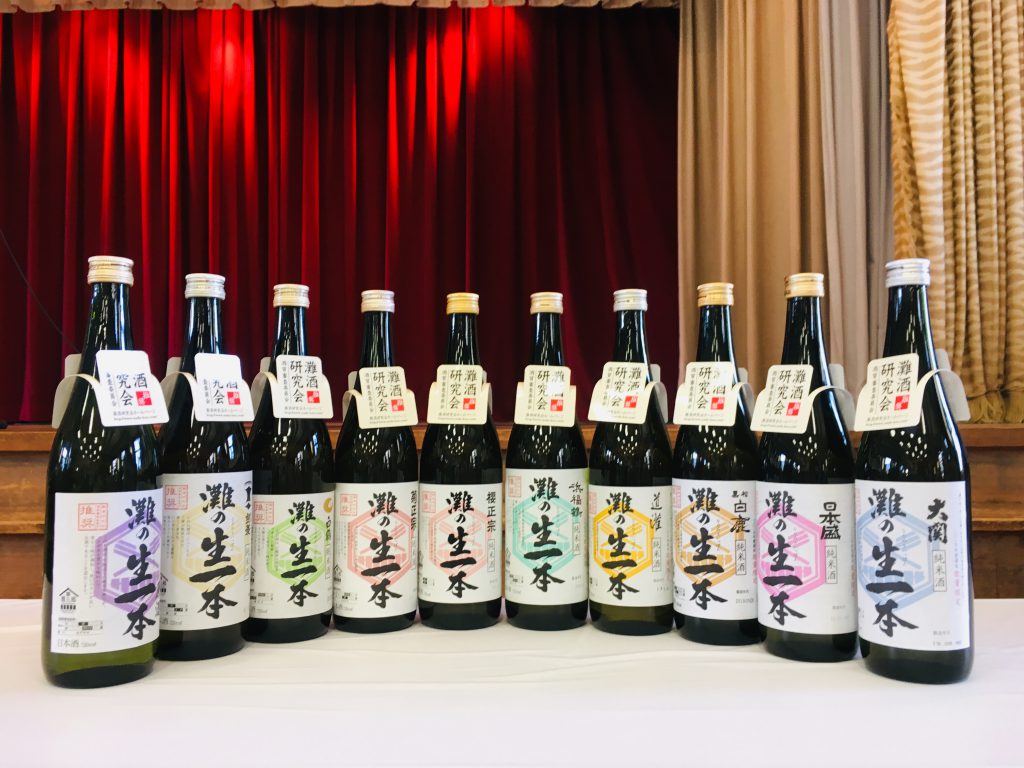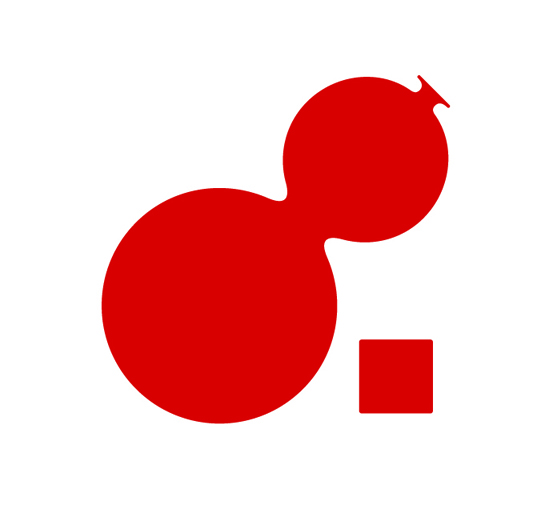Types of Sake

Sake? Nihonshu? Seishu?
Outside of Japan, Sake is generally called Sake, but in Japan, sake is also a general name for alcoholic beverages, so it is generally called Nihonshu.
The name “Nihonshu” was used to distinguish it from beer and wine from the Meiji period.
What is Seishu?
In Japan,we sometimes use the word “Seishu” to talk about Sake, Basically, all Nihonshu is Seishu. The definition of “Seishu” (as defined in the Liquor Tax Law of Japan) is fermented from rice, rice-Koji and water and filtered. (alcohol content of less than 22 degrees) *.
* And some additives of the world are permitted by the government ordinance.
Types of sake
There are 2ways of classifying Japanese Sake. There are “Legal Categorization” and Other classification used by brewers and so on.
Legal Categorization of Sake
By law, sake is divided into Tokutei meisho-shu and Futsuu-shu.
Tokutei meisho-shu are classified into the following 8 types, and those not included in those 8 types are classified as Futsuu-shu.
Tokutei meisho-shu
Tokutei meisho-shu must be made from only rice, rice-Koji, water, and some added pure distilled alcohol for brewing. The Koji rate must be 15% or more. The rice used must be above a certain grade. The amount of alcohol added must be less than the specified value. It is necessary to satisfy the conditions such as.
No add alcohol
| Junmai Daiginjyo-shu | Ginjyo-process,Seimaibuai:50% or less |
| Junmai Ginjyo-shu | Ginjyo-process,Seimaibuai:60% or less |
| Junmai-shu | − |
| Tokubetsu Junmai-shu | Seimaibuai:60% or less. or Special process |
Add alcohol
| Daiginjyo-shu | Ginjyo-process,Seimaibuai:50% or less |
| Ginjyo-shu | Ginjyo-process,Seimaibuai:60% or less |
| Honjouzou-shu | Seimaibuai:70% or less |
| Tokubetsu Honjouzou-shu | Seimaibuai:60% or less. or Special process |
Futsuu-shu
“Futsuu-shu” is not categorized as “Tokutei meisho-shu” under the liquor tax of Japan. This means that there are parts that do not meet the conditions for claiming “Tokutei meisho-shu”. for example, “Futsuu-shu” does not use “ Koji”that is specified in “Tokutei meisho-shu”, uses raw rice that does not reach the specified grade, or adds a amount of brewing alcohol than the specified amount. Also seasoning additives such as sugars and acidulants are added. Such low quality sake is in distribution. These are not recommended for those who know about sake and want to enjoy the experience.
However, some “Futsuu-shu” is equivalent to “Tokutei meisho-shu” or better in quality, but for sake brewing commitment, it does not conform to the rules of “Tokutei meisho-shu” among legal texts, so some good sakes are inevitability classified as “Futsuu-shu”.(For example, it is necessary to determine the rice polishing ratio for each brand, so it is not possible to blend and bottle sake with different rice polishing ratios)
You can find these high-quality “Futsuu-shu” by looking closely. They appear in “Nihonshu- Tourism”, our sister site.
Other classification of Sake
There are many classifications of Sake, but the main ones are as follows.
| Type | Chracter & Comment |
| Chouki-jyukusei-shu | Sake is usually aged from half a year to one year, but Chouki-jyukusei-shu is aged for a longer period of time. The color ranges from light amber to ruby. |
| Doburoku | Like sake, it is made by fermenting rice, but it is commercialized in rural areas. Doburoku is not filtered, So it is classified as “other brewed sake” under the Sake Tax Act. |
| Genshu | After pressing The Mash (Moromi), water is not added to adjust the alcohol content. High alcohol content and strong. |
| Hiyaoroshi | Freshly brewed sake that is stored and matured over the spring and summer, and shipped at the beginning of autumn. |
| Happo-shu | Champagne-like Sake containing carbon dioxide |
| Kiippon | Junmai sake made only at one of its own production sites |
| Namachozo-shu | The Mash (Moromi) is freshly pressed and stored at a low temperature, and is pasteurized only once before shipment, so the flavor remains |
| Namadume-shu | It has pressed and after first pasteurized, then storaged it about half a year, and shipping without second pasteurization. |
| Namazake | It is not pasteurized with sake just pressed The Mash (Moromi), it has a fresh taste. Some contain carbonic acid |
| Nigori-sake | White cloudy Sake that has just been filtered with a coarse cloth. |
| Orizake , Origarami | After pressing the Mash (moromi), white cloudy Sake containing Koji that is take from the bottom of the Racking tank |
| Shinshu | Generally speaking, it means freshly made Sake, But in the brewing industry, Shinshu means “shipped within the brewing year ”(July from the beginning of production to June of the following year). |
